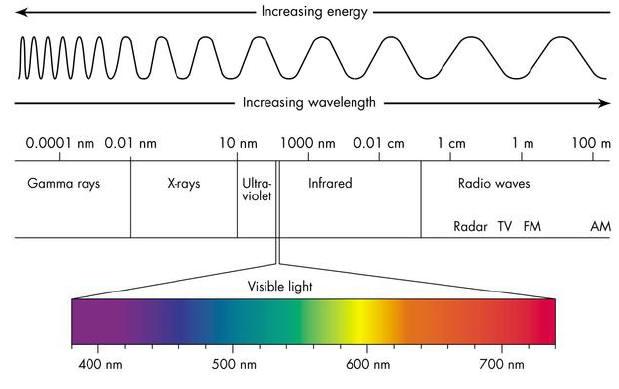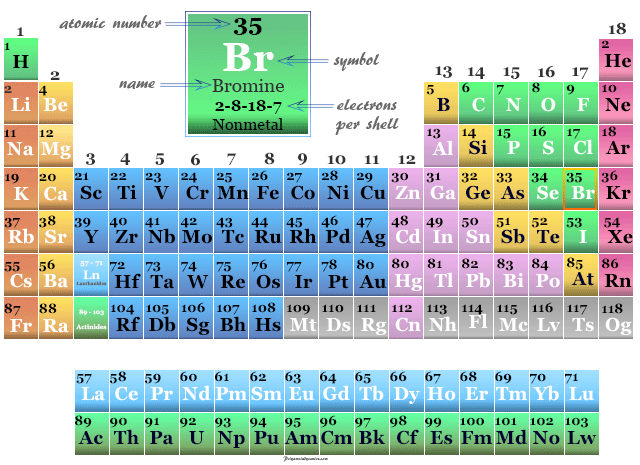What happens when water changes from a liquid to a gas?
evaporation
The diagrams shown represent which two systems of the human body?
circulatory and digestive
Use the diagram provided to answer Type of Organism Example in food web (a) Carnivore (b) Herbivore (c) Producer

(a) snake/owl (b) mice/rabbit (c) wheat plant/grass
Identify one type of electromagnetic energy that has a shorter wavelength than green light.

Blue light, violet light, ultraviolet light, x rays, gamma rays
Identify one element that has chemical properties similar to the chemical properties of bromine. (b) What is that group of elements called?

Chlorine, fluorine, iodine, astatine. (b) Halogens
Based on the diagram, during which process (give the letter) is water released from lake? What is the process called?
(C) Evaporation